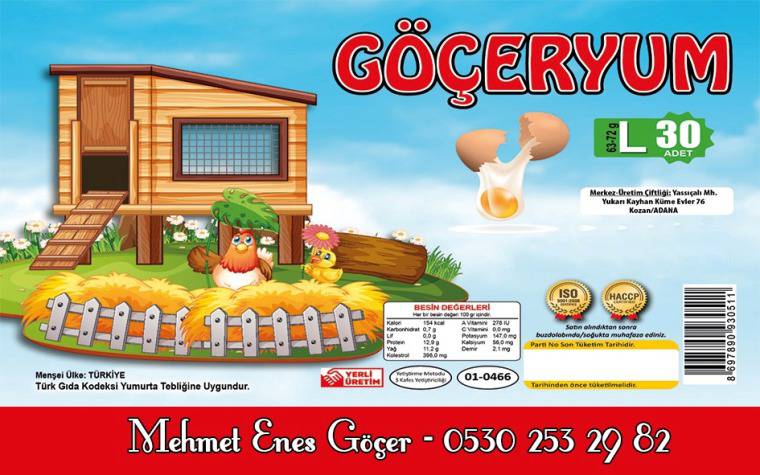

All nations from west to east love our well-known folk philosopher and great genius of Turkish joke Everybody adores the beautiful jokes of this great folk philosopher which maintain their actuality in all ages The historical sources state that Nasreddin Hodja was born in Hortu village of Sivrihisar district of today’s Eskişehir in 1206 Rumor has it that he conducted his primary education in Hortu in Abdullah Hodja’s medresah, and passed his days of childhood in Hortu He settled down in Sivrihisar with his family because of scarcity in Hortu, and continued his education there
Sivrihisar is a tiny but cute town of Seljukian period of that day Young Nasreddin saw the first minaret there, went to Turkish Bath with his friends, and tore out green almonds from gardens His playing the cock to the children who said they laid eggs in the bath, his being caught by the garden owner while he was stealing fruits from the tree and answering the question (What are you doing on the tree?) that (I am a nightingale) and his chirping like a nightingale are among his childhood memories in Sivrihisar
Nasrettin Hodja went to capital city Konya to proceed his education later on Nasreddin Hodja settled down in a medrasah in Konya and started his education In those days, he lived an event It was prohibited to carry knife in the city One night, the Chief Inspector of the city found a big bayonet with Nasreddin Hodja Nasreddin Hodja said: (I beg your pardon I am a medrasah student I scrape of mistakes on the books with that) The Chief Inspector asked: (What is the need for such a long bayonet for one mistake?), and he gave the best reply: (Sometimes there are such mistakes on books that even this bayonet is not enough!)
We see that he worked as shade kadi for some period after he graduated from medrasah in Konya Shade kadis are candidate kadis working with experienced judges and hearing some tiny cases One of his kadi memories is: one day a man who said (Hink) in front of a person breaking firewood claimed his right from the woodcutter, and applied to the court when he did not Nasreddin Hodja clinked a money bag of coins while hearing that case and judged (Now take the sound of coins)
Nasreddin Hodja, who resigned from his duty as a kadi, and left Konya to migrate to Akşehir on great scholar Seyid Mahmud Hayrani’s settling down in Akşehir, now found his personality and analyzed events with the eye of a specialized sociolog We see Nasreddin Hodja as a suffering, hoping, worrying person who drowned his worries with a joke
He went to a feast with his new fur, and upon his being esteemed, said (Eat my fur, eat) to criticize the evaluation of the community taking merely appearance as a basis, he revealed the truth of greed in the story of bearing cauldron He gave a wise answer to those who asked (is it possible that a lake holds yogurt?) while he added yogurt to Akşehir lake that: (What if it holds?)
Is it a small lesson for humanity that one day he rose to the sermon and asked “O people do you know what I am going to say?), on some of the people’s saying “we know” and others’ “we do not know”, he answered (Then those who know should teach those who do not know!), and declining from the rostrum? Isn’t the main principle of education teaching of knowledgeable ones to uninformed ones?
Events he lived with Mongol prince Keygatu which were later on attributed to Timur, elephant stories which were well-known, his famous molla in the days of his teaching at the medrasah in Akşehir and his dear donkey he took everywhere with him maintained their importance for him during his whole life
That he replied people laughing because he fell from his donkey that: (Why are you laughing? I was about to dismount already), and his looking for his lost donkey singing a folk song and replying those who asked why he did so: (I have my last hope behind that mountain, see my lament if I cannot find it there too), are all among anecdotes of his colorful and multidimensional life
Nasreddin Hodja married in Akşehir and had children The gravestones of his two daughters, Fatma Hatun and Durr-u Melek, were found in recent years and were taken to Aksehir museum
He has a joke He gave a jug to one of his daughters to fill from the spring, and warned not to break strictly, and slapped Those who saw rebuked Hodja (Why did you slap, what did she do?) Hodja’s answer is gives a lesson: (Not to break the jug What is the use of it if I slap after she broke it? If I slap before, she would take care, and not break it) On one of the gravestones, there is the picture of Durr-u Melek too
He died in 1284 in Aksehir when he was about to be eighty A domed tomb bore by six columns was constructed on his grave Under the dome, there is a marble coffin pertaining to Nasreddin hodja The epitaph in the head side of the coffin reads 683 after hijrah, the date of his date reverse There is the Seljukian period lock for symbolic purposes to lock the Tomb, which is open in all sides
Nasreddin Hodja’s death was his rebirth His sound idea structure which formed as a basis for community maintained its validity each elapsing year and centuries made him younger, and his reputation went beyond Turkey borders and was heard in all over the world Today, Nasreddin Hodja is a man of humanity
People of Aksehir arrange festivals each year in July for their Nasreddin Hodja, whom they like very much Goodness and happiness messages are spread to our world, which could not rest in peace, from Nasreddin Hodja in those festivals.

